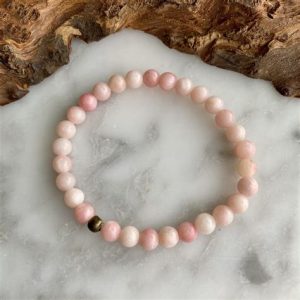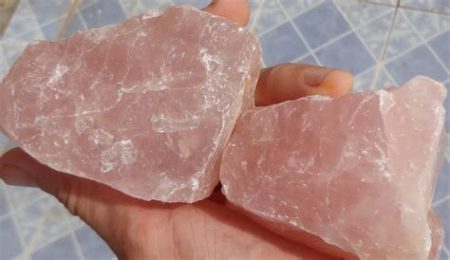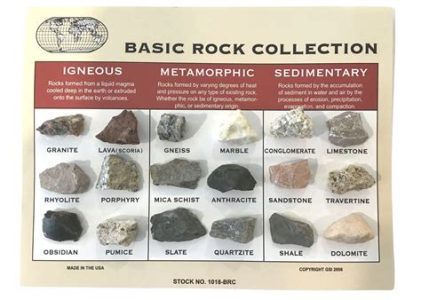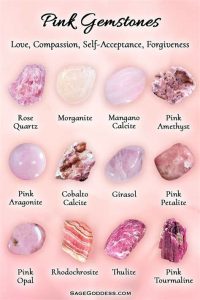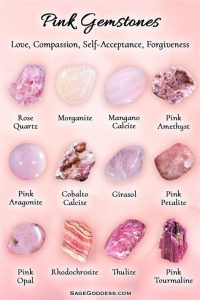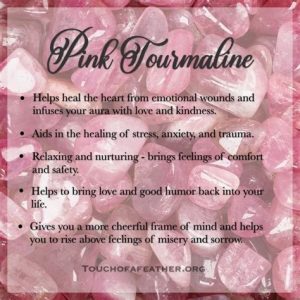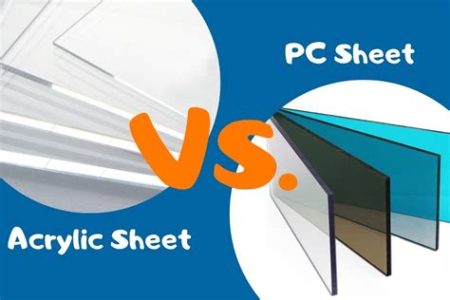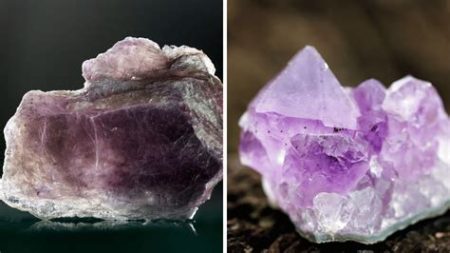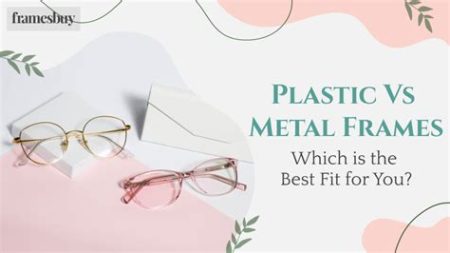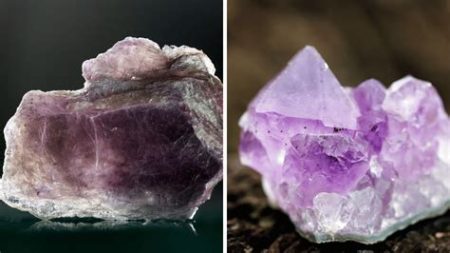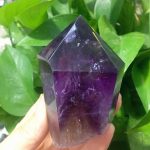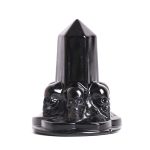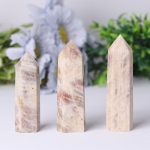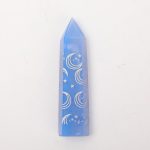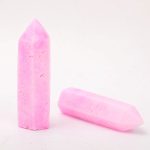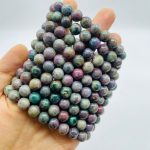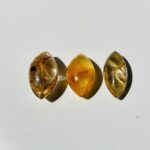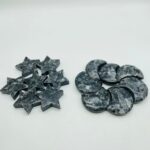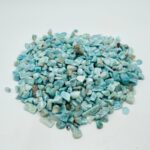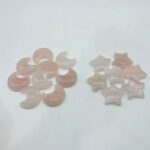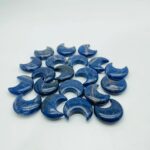Obsidian, a natural volcanic glass, has captivated humankind for centuries with its unique appearance and properties. In recent years, there has been a growing interest in obsidian, particularly in the realm of luxury goods and jewelry. However, its desirability has raised questions about its accessibility and affordability. This article delves into the factors that influence obsidian’s value, explores its applications, and compares its pricing against alternative materials to determine whether it can be considered an expensive commodity.

Factors Influencing Obsidian’s Value
1. Rarity: Obsidian is a relatively rare material, formed when lava cools rapidly. Its volcanic origins limit its availability in certain regions, contributing to its perceived value.
2. Quality: The quality of obsidian is determined by its color, clarity, and texture. High-quality obsidian exhibits a deep, lustrous black with minimal imperfections, commanding a premium price.
3. Cultural Significance: In many cultures, obsidian has been imbued with spiritual and mythical properties, further enhancing its allure and perceived value.
Applications of Obsidian
1. Jewelry: Prized for its sleek appearance and durability, obsidian is widely used in jewelry making. From necklaces and bracelets to earrings and rings, obsidian’s versatility makes it suitable for a range of designs.
2. Luxury Goods: Obsidian’s unique texture and properties have found applications in luxury goods such as pens, watches, and home décor. Its inclusion adds a touch of exclusivity and sophistication.
3. Tools and Weapons: Historically, obsidian was widely used to craft sharp tools and weapons due to its hardness and ability to form a keen edge. Today, it is still employed in specialized tools such as surgical blades.
Obsidian VS Other Materials
To assess obsidian’s affordability, it is essential to compare it against alternative materials commonly used in similar applications.
| Material | Price Range | Pros | Cons |
|---|---|---|---|
| Gold | $1,800-$2,500 per ounce | High value, malleable, durable | Expensive, soft |
| Silver | $24-$30 per ounce | Versatile, hypoallergenic, antimicrobial | Tarnish-prone, soft |
| Obsidian | $20-$150 per pound | Unique appearance, durable | Brittle, less malleable |
As the table reveals, obsidian falls within a mid-range price category compared to precious metals. However, its brittleness and limited malleability may limit its suitability for certain applications.
Pain Points and Motivations
Pain Points:
- Limited availability and mining challenges
- High breakage risk due to brittleness
- Difficulty in carving and shaping
Motivations for Using Obsidian:
- Desirability as a luxury material
- Cultural significance and perceived healing properties
- Durability and scratch resistance
Benefits of Obsidian
- Unique and eye-catching appearance
- Durable and scratch-resistant
- Energy-absorbing properties attributed by some cultures
Why It Matters
- Obsidian’s distinctive aesthetic and perceived properties have made it a sought-after material.
- Understanding its value and applications empowers consumers to make informed decisions about their purchases.
- Exploring alternatives and their respective prices enables consumers to weigh their options and choose materials that align with their budget and preferences.
Tips and Tricks for Using Obsidian
- Store obsidian jewelry carefully to avoid scratches and breakage.
- Avoid using harsh chemicals or abrasive cleaners on obsidian surfaces.
- Consider using obsidian in combination with other materials for durability and flexibility.
FAQs
-
Is obsidian more expensive than gold?
No, obsidian is generally less expensive than gold on a per-unit basis. -
Why is obsidian so expensive?
Obsidian’s rarity, cultural significance, and high-quality characteristics contribute to its higher price range. -
Can obsidian be used in jewelry?
Yes, obsidian is commonly used in jewelry making due to its durability and unique appearance. -
What is the average price of obsidian?
Obsidian prices vary based on quality and size, typically ranging from $20 to $150 per pound. -
Is obsidian a good investment?
Obsidian’s value can fluctuate, making it a speculative investment. However, its unique properties and growing popularity may contribute to its desirability over time. -
What other materials can be used instead of obsidian?
Black onyx, smoky quartz, and jet are potential alternatives to obsidian with similar aesthetics.
Market Insights
- The global obsidian market is estimated to reach $2.5 billion by 2025, driven by its growing demand in jewelry and luxury goods.
- North America and Europe are the largest markets for obsidian, followed by the Asia-Pacific region.
- Technological advancements in mining and processing techniques are expected to increase the availability and reduce the cost of obsidian in the future.
Conclusion
While obsidian is not as expensive as precious metals like gold or silver, its rarity, unique properties, and cultural significance contribute to its perceived value. Its applications in jewelry, luxury goods, and specialized tools make it a desirable material for those seeking exclusivity and durability. By weighing the pros and cons of obsidian against alternative materials, consumers can make informed decisions that align with their budget and preferences. As the obsidian market continues to grow, it is essential to stay informed about its value, applications, and future trends.

